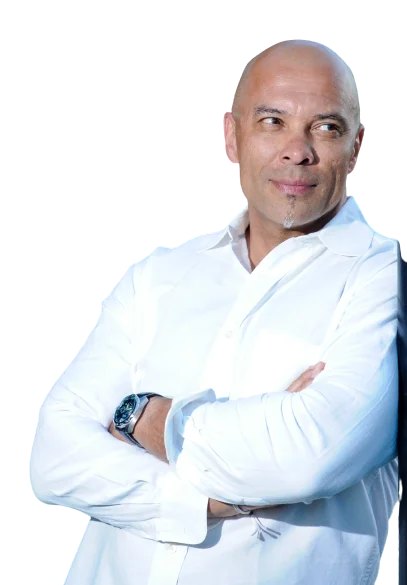Teamwork or Team Walk
Sometimes even if executives leave if teamwork doesn't work.
3 Tools leaders can use for better teamwork.
Years ago, when the President of Microsoft's Windows and Windows Live operations, Steve Sinofsky, left his employer the gracious press releases indicated a civil parting of the ways with the executive. Inside reports at the time, however, indicated the departure came as a result of infighting that had reached a boiling point.
"Steven Sinofsky, president of Microsoft's Windows and Windows Live operations, is leaving the company just weeks after launching its new operating system........Still, there was immediate speculation that the company had become worried over Sinofsky's ability to get along with other executives, including CEO Ballmer, given a new emphasis on collaboration. Reuters reported that one former Microsoft staffer who worked with Sinofsky had said his aggressive style exasperated other leaders and may have alienated too many people, including his mentor, Microsoft founder Bill Gates." (from CBC News Online)
Without a doubt, constant innovation requires an exchange of ideas mixed with healthy disagreement. Unchecked however, deeply-rooted conflict and personality clashes serve to undermine trust, which is the foundation required for team and organizational effectiveness.
In working with organizations/industries as diverse as banks, real estate developers, tech, the U.S. Marines, global pharmaceuticals, sales organizations and not-for-profits, we've seen 3 major tools that leaders can harness for enhancing team effectiveness and reducing conflict.
1) Understand your team members’ unique personalities (behavioral styles and motivators).
Some will be quite extroverted and voice their opinions without hesitation (often dominating meeting time), while others are more reflective and slower to verbalize ideas. The challenge is that, while the introverts may have incredible ideas, if there is perceived conflict they may not feel comfortable sharing them. I recall having the honor of working with a large group that combined military commanders with private sector project leaders. The session on working styles and motivators created such team understanding and impact that their senior leader proceeded to share the information of how best to optimize working with him on their shared intranet, and encouraged his whole team to do the same as he sought to understand them better.
A leader who can recognize and coach to different styles, overcoming their own natural style preference and biases, will be valued by any team/organization. They will be able to engage more productivity and minimize unproductive conflict while increasing retention.
2) Coach-Lead with Questions.
You may recall the quote, “a person convinced against their will is of the same opinion still." In working as a team member or leader, one engages others and opens team learning with the use of strategic questioning. The days of "boss-management" dictating orders to staff, much like some of the theories of Fred Winslow Taylor in the late 1800's, are from a bygone era. In our knowledge-based economy, it is more about gaining commitment vs. enforcing compliance. It is the team member or leader skilled at strategic questioning who will engage others in maximizing commitment for developing and sharing ideas. The "dictatorial boss" will just gain compliance to minimal job requirements. A leader who asks the right questions will harness intellectual and creative engagement, and enjoy the resulting deployment of discretionary effort. (see the difference between "Boss" and "Coach")
3) Practice Active Listening.
Whether it be in team communications, customer services or coach-leading staff, the discipline of active listening is critical for 3 important reasons. First, listening facilitates focus – it allows us to be very clear on where we are before we start making the changes that will lead us to where we need to be. Secondly, given ongoing continuous change, continuous learning is crucial. Talk show host Larry King once said, “I never learned a thing when I was doing the talking." His discipline of asking questions and listening on the show was well documented. Listeners are learners. And finally, think about how you feel when you are fully listened to vs. interrupted or ignored. Extrapolate that feeling to behaviors/actions. With that "ignored" feeling, team members or staff will dial down their engagement. If your goal is to foster collaboration and engagement, active listening is a discipline that will increase your effectiveness.
At the end of the day, organizations don't achieve results - people do. As a team member or coach-leader, your ability to understand and get along with others will be one of the most important attributes you can develop. It takes true, non-ego-driven teamwork to make a dream work. Organizations that foster a culture of understanding and coaching to leverage differences will harness sustainable performance, innovation and retention.
In the Spirit of Growth,

 | Chuck Reynolds is President and Chief Performance Officer of Excel Group Development in Toronto. He can be reached at (416) 481- 4802 or visit www.XLTeamwork.com for more information. |
